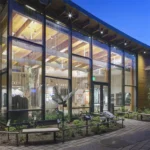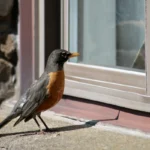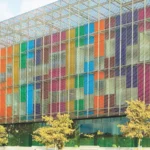It is critical that your local community becomes aware that collisions are a real problem — and that there are readily available solutions.
An early step should be determining at which scale you want to work. In other words, where would you like to see legislation adopted? In a town, a county, or a state? Different strategies may be required for each, and each jurisdiction has influence over a different set of buildings.
A good start is to find out if any nearby areas have passed or are considering bird-friendly building legislation.
Next, offer to present your talk to anyone who will listen. Many groups have regular speaker programs and are eager for presenters. You might approach local wildlife conservation organizations, bird and garden clubs, museums, nature centers, reserves, zoos, universities, libraries, and senior centers. All are great places both to spread the word and look for active support.
Be prepared to deal with these questions:
- How do you know that bird collisions happen in this area?
- Will bird-friendly buildings be dark, with no light and no view?
- Will we have to give up creative design? Are bird-friendly buildings ugly?
- Will implementing bird-friendly design increase the cost of new construction?
- Will we need to hire and train new staff to implement the requirements?
- Will bird-friendly design interfere with sustainability goals for a building?
ABC’s Glass Collisions program’s Frequently Asked Questions can help with the answers!
While talking to these groups, try to enlist them as supporters for your effort, whether or not you end up giving them a presentation. Let them know that, when the time is right, you would like them to contact officials on behalf of their organizations and use their networks to help create a groundswell of public support.
Look for media opportunities. Send an editorial to the local newspaper or newspapers, try to get collisions media coverage relating to collisions during spring/fall migration or a collision monitoring group, or you could enlist a professional conservationist (university professor, nature center, etc.) to be interviewed.
Collisions legislation is much easier if you have a group of allies to build public support, act as sounding boards, share the work, and add insight and connections. A word of caution: Make sure that you speak with one voice from the start. The likelihood of success is reduced if local officials receive conflicting messages from the conservation community about what the legislation should do. (You can expect some opposition from developers – if possible, find one who is sympathetic to the cause to help with communication with this group.)
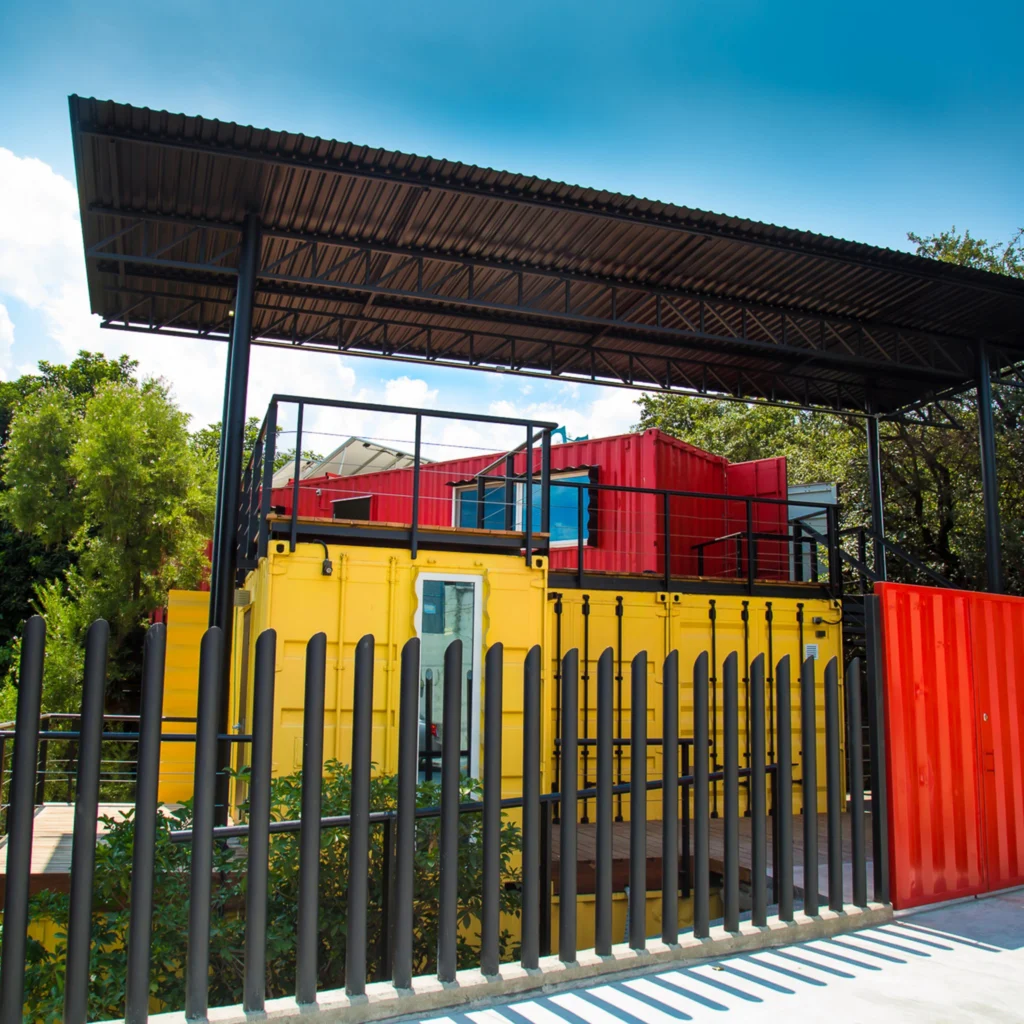
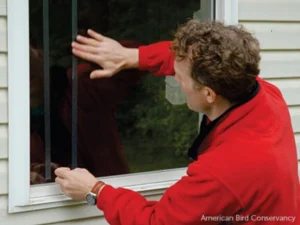 People working to reduce collision threats to birds soon realize how difficult it can be to convince a building owner to undertake a retrofit of an existing building. While strides can be taken to reduce threats at especially egregious structures, the most efficient use of your energy may be to ensure that future buildings will be designed to be bird friendly.
People working to reduce collision threats to birds soon realize how difficult it can be to convince a building owner to undertake a retrofit of an existing building. While strides can be taken to reduce threats at especially egregious structures, the most efficient use of your energy may be to ensure that future buildings will be designed to be bird friendly.
